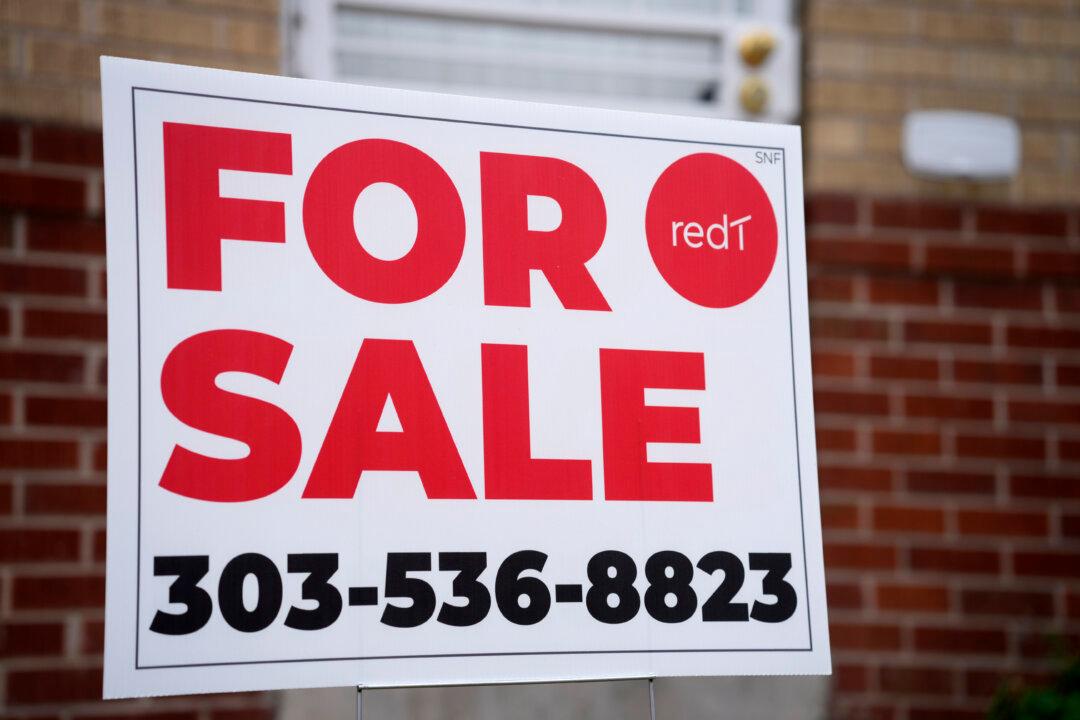LOS ANGELES—The average long-term U.S. mortgage rate dropped below 7 percent to its lowest level since early August, another boost for prospective homebuyers who have largely been held back by sharply higher borrowing costs and heightened competition for relatively few homes for sale.
The average rate on a 30-year mortgage dropped to 6.95 percent from 7.03 percent last week, mortgage buyer Freddie Mac said Thursday. A year ago, the rate averaged 6.31 percent.





